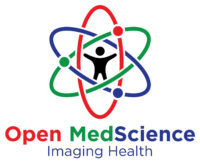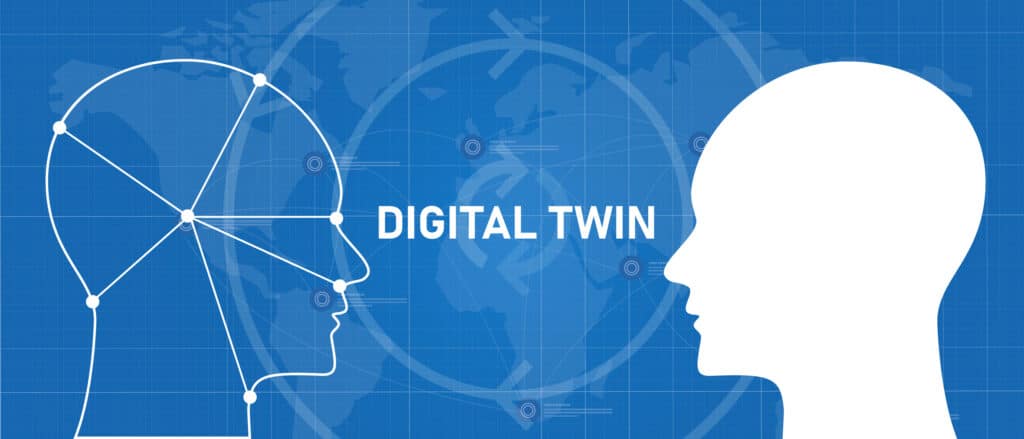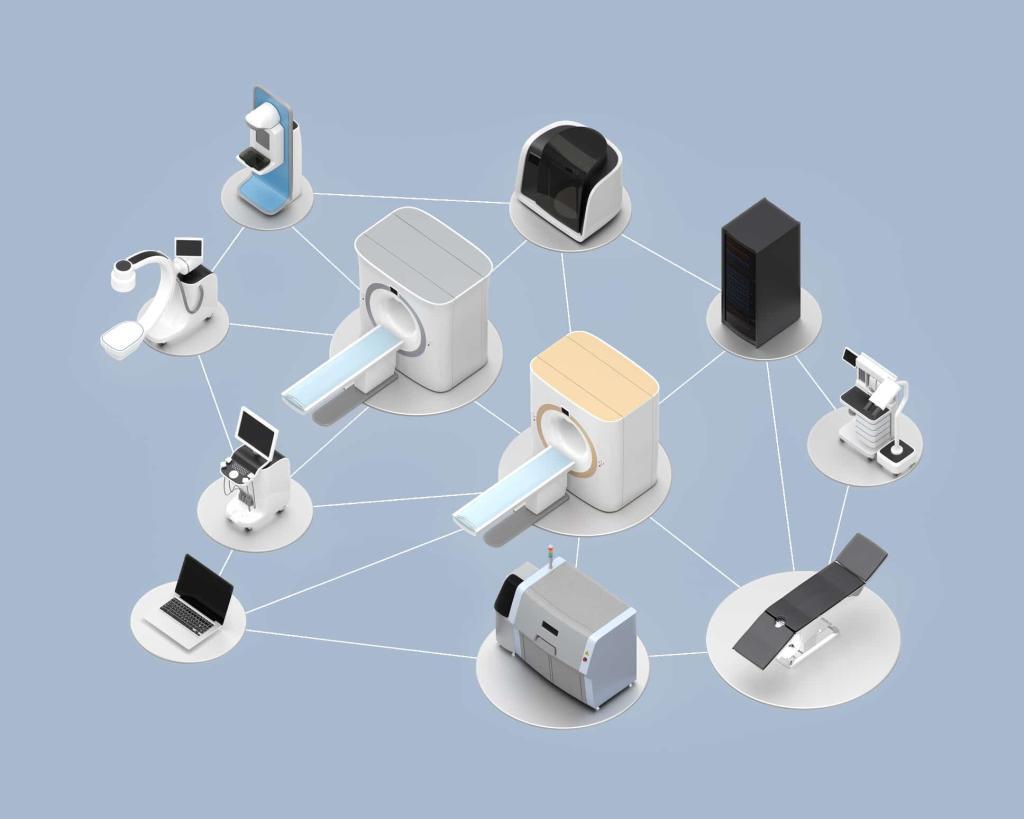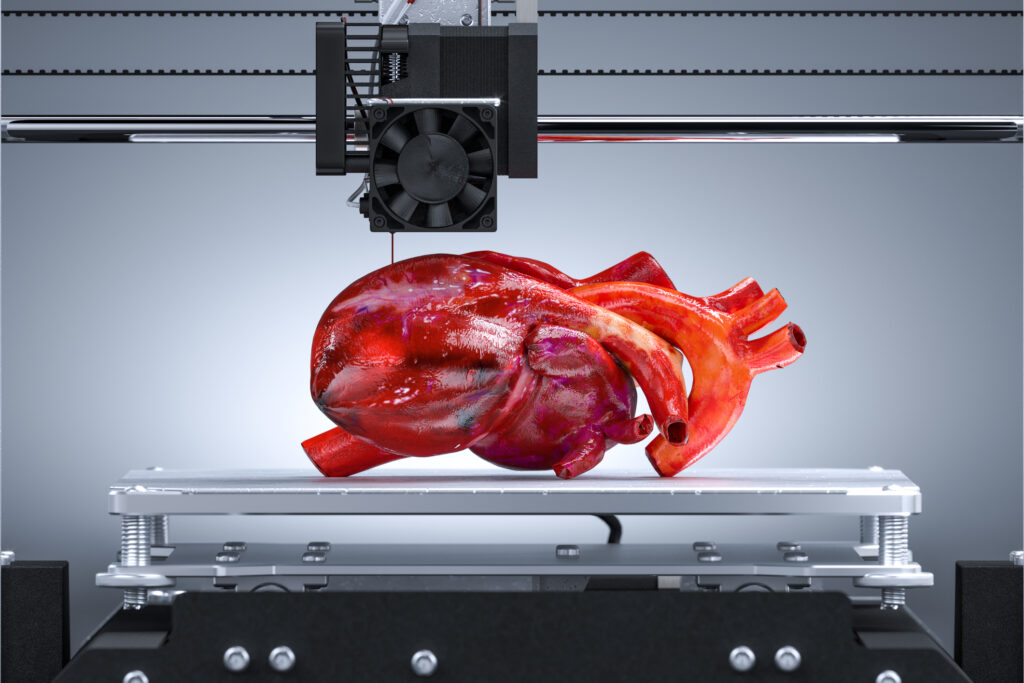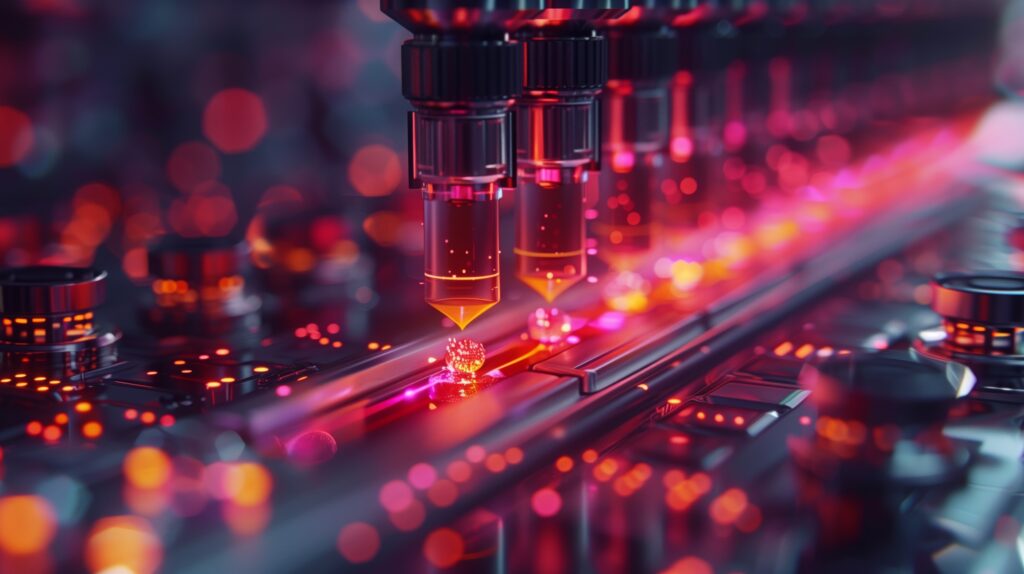Addiction remains one of the most persistent and challenging health crises worldwide. While many treatment options exist, long-term success rates remain inconsistent. You may have heard about new approaches aimed at helping individuals who haven’t responded well to conventional treatments. One of these approaches is deep brain stimulation for treating addiction, a method originally developed for neurological conditions like Parkinson’s disease. Today, we’ll explore how deep brain stimulation works, why it’s considered an addiction, and what the current research says about its safety and effectiveness. You’ll also learn which types of addiction it may help address, and how it fits into traditional treatment strategies.
What Is Deep Brain Stimulation?
Deep brain stimulation (DBS) is a neurosurgical procedure that uses electrical impulses to modulate activity in specific brain areas. It involves implanting a thin wire, called an electrode, into a targeted brain region. A small device placed under the skin of the chest delivers controlled electrical pulses through this wire. These pulses help regulate abnormal brain signals that contribute to neurological and psychiatric disorders.
Initially developed to treat movement disorders such as Parkinson’s disease and essential tremor, DBS has since been approved for conditions like epilepsy and obsessive-compulsive disorder. Researchers are now studying its potential to alter brain circuits involved in addiction, especially those related to cravings and reward.
The process requires precise imaging and mapping of the brain to identify optimal stimulation sites. Once implanted, a clinician can adjust the device noninvasively to fine-tune its effects. While the procedure is invasive, it is generally considered safe when performed by experienced surgical teams.
How Deep Brain Stimulation Is Being Used for Treating Addiction
Researchers are exploring deep brain stimulation as a way to influence the brain regions involved in addiction directly. One key area of interest is the nucleus accumbens, a region that plays a central role in the brain’s reward system. This area becomes hyperactive during substance use and continues to trigger cravings long after someone stops using a drug.
In clinical trials, DBS has shown promise in reducing these cravings by disrupting the abnormal activity in the nucleus accumbens and surrounding structures. Some individuals who received DBS for treatment-resistant addiction have reported reduced urges to use substances and improved emotional regulation. However, these preliminary results suggest that DBS could help people who have not benefited from existing treatments.
DBS is not currently a standard therapy for addiction, but it is being studied in controlled settings. Most research focuses on individuals with severe:
- Opioid
- Alcohol,
- Or cocaine use disorders.
In these cases, the person has typically undergone multiple forms of treatment without long-term success.
The Challenge of Long-Term Recovery and Persistent Symptoms
Even after detox, recovery from addiction is rarely straightforward. Many individuals experience lingering symptoms that persist well beyond the initial withdrawal phase. These may include anxiety, irritability, insomnia, low energy, and difficulty concentrating. The presence of these symptoms can make it hard to stay engaged in recovery, even with continued support and structure.
This extended set of challenges is known as post-acute withdrawal syndrome. It reflects ongoing neurological and psychological changes affecting mood, sleep, and cognitive function. These symptoms can fluctuate in intensity, sometimes resurfacing weeks or months after substance use has ended.
Because of this, individuals with post-acute withdrawal syndrome may struggle to benefit from traditional behavioural therapies or medications. Persistent symptoms can fuel cravings or emotional instability, which may lead to relapse. In such cases, deep brain stimulation is being explored as a way to regulate dysfunctional brain activity that underlies both addiction and prolonged withdrawal effects.
Benefits of Deep Brain Stimulation for Addiction Treatment
Deep brain stimulation offers several potential advantages when used as part of a comprehensive addiction treatment plan.
Unlike medications or talk therapy, DBS works by targeting the specific brain circuits involved in cravings, impulse control, and reward processing. This makes it a highly focused intervention that addresses the neurological basis of addiction.
For individuals who haven’t responded to other forms of treatment, DBS may offer new hope. It’s designed to stabilise brain activity in regions that have become dysregulated through chronic substance use. In some cases, this has led to reductions in drug-seeking behaviour and improvements in mood and decision-making.
Another potential benefit is the ability to customise stimulation settings for each person. A trained clinician can adjust the device, allowing the treatment to evolve based on your needs. While the device doesn’t ”cure” addiction, it may create the conditions necessary for recovery to take hold by reducing the intensity of cravings and emotional triggers.
Researchers are continuing to evaluate how DBS fits into long-term care. Some studies suggest it could support relapse prevention combined with therapy, social support, and lifestyle changes. Nonetheless, as more data emerges, the role of DBS in treating addiction may become clearer and more widely available.
Risks and Ethical Considerations of Deep Brain Stimulation for Treating Addiction
Like any surgical intervention, deep brain stimulation carries certain risks. The most immediate concerns are related to the procedure itself. These may include infection, bleeding, or complications from anaesthesia. Although rare, hardware-related issues such as lead migration or device malfunction can also occur and may require additional surgery.
Beyond the physical risks, there are important ethical questions to consider. DBS alters brain activity in behavioural, emotional, and motivational regions. This raises concerns about autonomy, personality changes, and the potential for unintended effects on mood or impulse control.
Another ethical consideration involves access. At this stage, DBS for addiction is only available through clinical trials or in very limited compassionate-use cases. It requires advanced surgical expertise and ongoing follow-up, which may not be equally accessible to all individuals.
You should also be aware that the long-term effects of using deep brain stimulation for treating addiction are not yet fully understood. While early results are promising, larger studies are still needed to assess durability, safety, and potential side effects over time. Until more data is available, DBS remains an experimental option, best reserved for severe cases where other treatments have failed.
Who Might Be a Candidate for DBS for Addiction?
Deep brain stimulation is not suitable for everyone with a substance use disorder. Currently, it is considered only for individuals with severe, treatment-resistant addiction. These are cases where the person has completed multiple evidence-based interventions – including behavioural therapy, medication-assisted treatment, and inpatient care – without lasting improvement.
Candidates for DBS typically undergo a detailed medical and psychological evaluation. Clinicians assess the type and duration of substance use, co-occurring mental health conditions, and the individual’s ability to adhere to long-term follow-up care. You must demonstrate a strong commitment to recovery and a history of trying standard therapies without success.
Research so far has focused on people with opioid, alcohol, or cocaine dependence, particularly those who experience intense cravings or frequent relapse. In some studies, DBS is also being explored for stimulant addiction and severe nicotine dependence. However, due to its experimental status, eligibility is limited to specific research trials.
If you or someone you know is considering DBS, it’s important to speak with a specialist who understands both addiction treatment and neuromodulation therapies. Pursuing this route requires careful consideration of the risks, benefits, and long-term requirements.
The Future of Deep Brain Stimulation in Addiction Medicine
As interest in neuromodulation continues to grow, the role of deep brain stimulation in addiction medicine is evolving. Current research is focused on refining stimulation targets, improving device technology, and expanding our understanding of how brain circuits contribute to addictive behaviours. These advances could help make DBS a more precise and widely accessible option.
Emerging studies also explore how DBS might be integrated with digital tools and real-time brain monitoring. Some researchers are developing adaptive DBS systems that can adjust stimulation based on changes in brain activity. This technology could offer a more personalised approach, improving outcomes while reducing side effects.
Wider clinical use will depend on the results of larger, long-term trials. These studies aim to answer critical questions about safety, effectiveness, and sustainability. If the evidence continues to build, DBS could eventually become part of mainstream care for individuals with treatment-resistant addiction.
Finishing Words
Deep brain stimulation represents a bold and scientifically grounded approach to tackling one of the most complex aspects of addiction: the brain itself. By directly targeting the neural circuits responsible for cravings, impulse control, and reward, DBS offers a potential lifeline to individuals who have exhausted more traditional paths to recovery.
While it is not yet a standard option, the progress made in early trials is encouraging. You’re seeing the beginning of what may become a transformative chapter in addiction medicine that combines neuroscience, technology, and personalised care.
So, if you’re exploring options beyond conventional addiction treatment or want to stay informed about the most advanced therapies under investigation, DBS is worth watching closely. Ongoing research will determine the effectiveness of deep brain stimulation for treating addiction and how it fits into long-term recovery models. Nonetheless, its potential already signals a meaningful change in how addiction is understood and treated.
Disclaimer
The content provided in this article is intended for informational and educational purposes only. It does not constitute medical advice, diagnosis, or treatment, and should not be relied upon as a substitute for professional consultation with qualified healthcare providers. Deep brain stimulation (DBS) for addiction remains an experimental approach and is not approved as a standard treatment. Clinical use is currently limited to research settings or special compassionate-use cases under strict medical supervision.
Any decisions regarding medical treatment, including the use of neurosurgical interventions such as DBS, should be made in consultation with appropriately qualified medical professionals. The information in this article reflects current research and understanding at the time of writing but may change as new evidence emerges. We do not endorse or promote any specific treatment method and accept no responsibility for the misuse or misinterpretation of the information presented.
Always seek the advice of your doctor or other licensed healthcare providers regarding a medical condition or treatment options. Do not disregard professional medical advice or delay seeking it because of something you have read in this article.
You are here: home » diagnostic medical imaging blog »